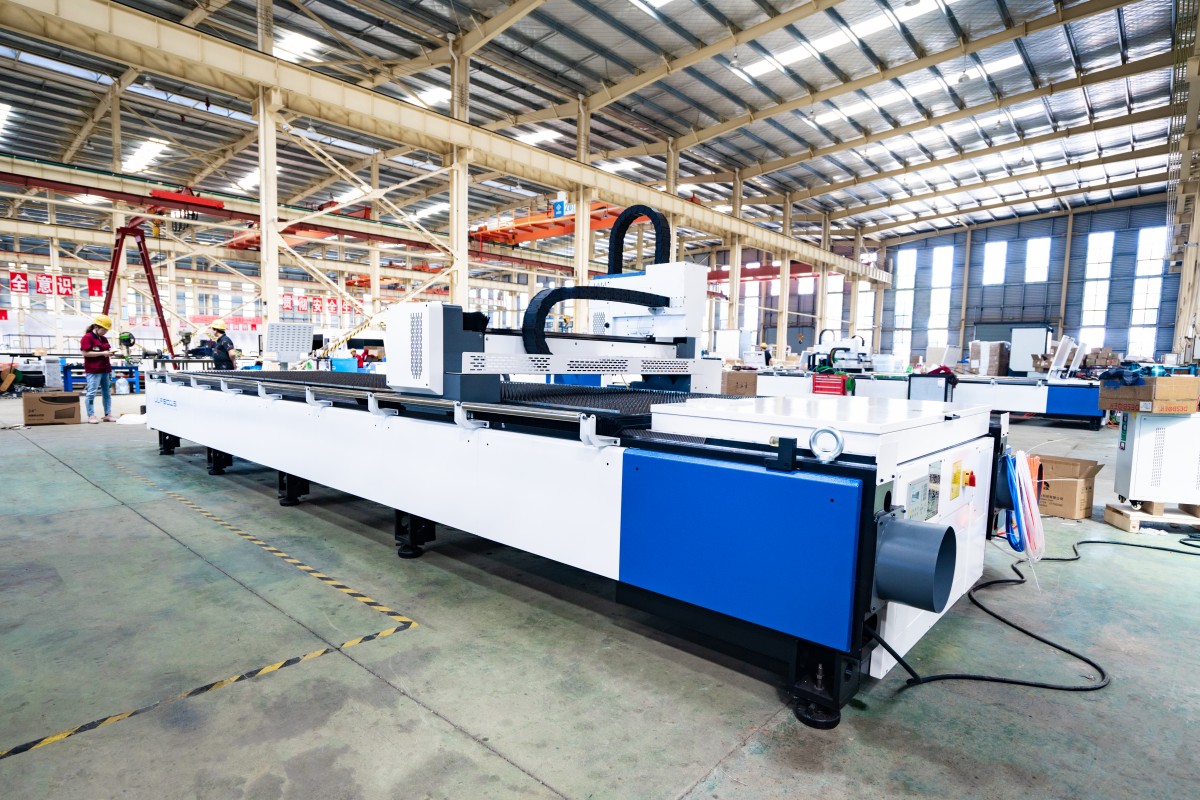Laser cutting technology has revolutionized the manufacturing industry by providing a precise, efficient, and versatile method for cutting various materials. From metals and plastics to wood and textiles, laser cutting machines are integral to many industrial processes. Understanding the components of a laser cutting machine is crucial for optimizing its performance, ensuring safety, and extending its lifespan. The importance of knowing the different parts of a laser cutting machine cannot be overstated. By familiarizing yourself with the machine’s components, you can troubleshoot issues more effectively, perform routine maintenance to prevent downtime, and make informed decisions when upgrading or replacing parts. The laser source is the heart of any laser cutting machine, providing the concentrated beam of light necessary to cut through materials. It generates the laser beam by exciting a medium—such as gas, crystal, or fiber—using electrical energy or a flash lamp. The characteristics of the laser beam, such as wavelength and power, are determined by the type of laser source used. There are several types of laser sources commonly used in cutting machines: The beam delivery system in a laser cutting machine is a critical component that ensures the laser beam is accurately directed to the material being cut. This system typically involves a combination of mirrors and fiber optics, each playing a specific role in maintaining the integrity and precision of the laser beam. Mirrors are often used in CO2 laser cutting systems to reflect and guide the laser beam from the source to the cutting head. These mirrors must be precisely aligned to ensure the beam remains focused and powerful throughout its path. In contrast, fiber laser systems use optical fibers to transmit the laser beam. Optical fibers offer greater flexibility and efficiency in directing the laser, especially over longer distances or complex paths. Proper alignment and calibration of the beam delivery system are crucial for optimal performance. Misalignment can lead to a loss of beam intensity, reduced cutting quality, and even damage to the machine. Regular maintenance and calibration checks are necessary to ensure the mirrors and fibers are correctly aligned. Advanced laser systems often include automated alignment and calibration features, which help maintain consistency and reduce the need for manual adjustments. Several common issues can affect the beam delivery system, including beam misalignment, dirty or damaged mirrors/fibers, and power loss. The motion control system is a vital component of a laser cutting machine, responsible for moving the laser head and workpiece precisely to achieve accurate cuts. This system includes various types of motors and control systems that work together to ensure the laser follows the desired cutting path with high precision and speed. Computer Numerical Control (CNC) systems are the backbone of motion control in laser cutting machines. These systems translate design files into precise instructions that control the movement of the laser head and the work table. The CNC system coordinates the timing and movement, ensuring that the laser cuts along the exact path specified in the design. Advanced CNC systems can handle complex geometries and support high-speed cutting with minimal errors. Servo Motors Servo motors are commonly used in high-precision applications due to their ability to provide precise control over position, speed, and torque. Servo motors are known for their accuracy and responsiveness, making them ideal for intricate and detailed cutting tasks. They are equipped with feedback systems, such as encoders, which continuously monitor the motor's position and adjust accordingly to maintain precision. Stepper Motors Stepper motors are often used in less demanding applications. They move in discrete steps, which allows for good control over position but may lack the speed and precision of servo motors. Stepper motors are typically more affordable and simpler to use, making them suitable for entry-level laser cutting machines. However, they do not have feedback systems, which can result in missed steps and reduced accuracy under high-speed or high-load conditions. Fixed Work Tables Fixed work tables remain stationary during the cutting process. They are ideal for smaller, simpler projects where the material is not frequently repositioned. Fixed tables provide stability and are often more affordable. Their simplicity makes them suitable for operations where the material size and shape do not require frequent adjustments. Adjustable Work Tables Adjustable work tables can move vertically or tilt, allowing for better positioning of the material. This flexibility is beneficial for handling thicker materials or achieving precise cuts at different angles. Adjustable tables are particularly useful in applications requiring varied cutting depths or angles, enhancing the machine's versatility. Rotary Work Tables Rotary work tables are designed to rotate the material during the cutting process, which is particularly useful for cylindrical or round objects. This table type enhances the machine's ability to cut complex shapes and geometries on curved surfaces. Rotary tables are essential for industries that work with pipes, tubes, or other cylindrical components, enabling precise and intricate cuts. Efficient material handling is crucial for maximizing productivity and ensuring the quality of cuts. Several systems are used to manage materials in laser-cutting machines: Conveyors Conveyor systems automate the movement of materials into and out of the cutting area. They are ideal for high-volume production environments, reducing manual handling time and increasing throughput. Conveyors can be integrated with automated loading and unloading systems, further enhancing efficiency and reducing downtime. Clamps Clamps securely hold the material in place during the cutting process, preventing movement that could lead to inaccurate cuts. Different types of clamps are available to accommodate various materials and thicknesses. Proper clamping ensures that the material remains stable, which is critical for achieving precise and consistent cuts. Fixtures Custom fixtures can be designed to hold specific parts or materials, providing stability and precision. Fixtures are particularly useful for repetitive tasks or cutting irregularly shaped materials. By using fixtures, operators can ensure that each piece is positioned correctly, reducing errors and improving overall cut quality. The cooling system is an integral component of a laser cutting machine, ensuring that the machine operates within the optimal temperature range. Proper cooling is vital to maintain the performance and longevity of the laser and associated components. The primary function of a cooling system in a laser cutting machine is to dissipate the heat generated during operation. Laser cutting involves high-intensity laser beams, which produce significant amounts of heat. This heat can damage sensitive components without an effective cooling mechanism, leading to machine downtime and increased maintenance costs. The cooling system ensures that the laser source and other critical parts remain at a stable temperature, thereby enhancing the machine's efficiency and reliability. Water Chillers Water chillers are the most common type of cooling system used in laser cutting machines. They work by circulating cooled water around the laser source and other heat-sensitive components. The water absorbs the heat and then is cycled through a refrigeration unit that removes the heat before the water is recirculated. This type of cooling is highly effective and provides precise temperature control, making it suitable for high-power laser systems. Air Cooling Air cooling systems use fans or blowers to move air across heat-generating components. While less efficient than water chillers, air cooling systems are simpler and cheaper to install and maintain. They are typically used in smaller or less powerful laser cutting machines where the heat generated is within manageable levels. Regular maintenance is essential to ensure that the cooling system functions effectively. Here are some tips: regular Inspection, cleanliness, fluid levels, fan and filter maintenance, and monitoring. The exhaust and filtration system plays a crucial role in maintaining a safe and efficient working environment by removing fumes, smoke, and particulates generated during the laser cutting process. Laser cutting produces a significant amount of smoke, fumes, and particulates, which can harm both the machine and the operator. The accumulation of these byproducts can affect the cut's quality, reduce the machine's efficiency, and pose health risks. An effective exhaust and filtration system ensures that these contaminants are promptly removed, keeping the workspace clean and safe. Fans Industrial-grade fans are often used to extract fumes and smoke from the laser cutting area. These fans create a negative pressure that draws the contaminants away from the cutting surface and expels them outside the facility. Fans are a fundamental component of any exhaust system, providing the necessary airflow to maintain a clean environment. Filters Filters are used to capture particulates and fumes before they are released into the atmosphere. There are several types of filters, including: Ducting Proper ducting is essential to direct the flow of contaminated air from the laser cutting machine to the exhaust fans and filters. The design of the ducting system should minimize airflow resistance and ensure efficient removal of contaminants. The software and control interface are pivotal components of a laser cutting system, enabling precise control over the cutting process and seamless integration with other production systems. Computer-Aided Design (CAD) and Computer-Aided Manufacturing (CAM) software are essential tools in the laser cutting process. CAD software is used to create detailed designs and drawings, which can be converted into digital files. CAM software then translates these designs into machine-readable instructions, guiding the laser cutter to perform the desired operations. CAD Software CAM Software These programs take the CAD files and generate the necessary toolpaths for the laser cutter. This includes determining the cutting order, speed, and power settings to optimize the cutting process. User-Friendly Interface The software should have an intuitive interface that simplifies the operation of the laser cutter, allowing users to easily upload designs, set parameters, and start the cutting process. Precision and Accuracy High-quality control software ensures precise control over the laser cutter, resulting in accurate cuts and minimal material wastage. Customization Options The ability to customize cutting parameters, such as speed, power, and frequency, is essential for achieving optimal results with different materials. Real-Time Monitoring Advanced control software offers real-time monitoring of the cutting process, providing feedback on the machine’s performance and alerting operators to any issues. Compatibility Ensure that the control software is compatible with the CAD/CAM software and other systems used in the production process. Integrating the laser cutting machine with Enterprise Resource Planning (ERP) and Manufacturing Execution Systems (MES) can enhance productivity and streamline operations. ERP Integration ERP systems manage various business processes, including inventory, procurement, and order management. Integrating the laser cutter with an ERP system ensures that production schedules are optimized, material usage is tracked, and inventory levels are managed efficiently. MES Integration MES systems monitor and control manufacturing operations on the shop floor. Integrating the laser cutter with an MES system allows for real-time data collection, improved production tracking, and enhanced quality control. Ensuring the safety of operators and maintaining compliance with regulatory standards is crucial in the operation of laser cutting machines. Protective enclosures and safety features are designed to prevent accidents and minimize exposure to hazards. Full Enclosures: Full enclosures completely surround the laser cutting area, providing maximum protection. These enclosures are typically made from materials that can withstand laser radiation and contain any stray beams, smoke, or fumes generated during the cutting process. Full enclosures often include viewing windows made of laser-resistant glass, allowing operators to monitor the process safely. Partial Enclosures: Partial enclosures cover only specific parts of the laser cutting machine, such as the cutting head or the workpiece area. While not as comprehensive as full enclosures, partial enclosures still provide significant protection against direct laser exposure and help contain fumes and debris. Interlocks: Interlock systems automatically shut down the laser if the enclosure is opened during operation. This prevents accidental exposure to the laser beam and ensures that the machine can only operate when the enclosure is securely closed. Emergency Stops: Emergency stop buttons are strategically placed around the laser cutting machine, allowing operators to quickly halt the machine in case of an emergency. These buttons immediately cut power to the laser and other critical components, preventing accidents and further damage. Shields: Laser shields or curtains can be used in conjunction with enclosures to provide additional protection. These shields are made from materials that block or absorb laser radiation, protecting operators from stray beams and reflections. Compliance with regulatory standards is essential to ensure the safe operation of laser cutting machines. Various international and national standards govern the design, installation, and operation of these machines. ISO Standards: The International Organization for Standardization (ISO) has developed several standards related to laser safety, such as ISO 11553-1, which specifies the safety requirements for laser processing machines. ANSI Standards: In the United States, the American National Standards Institute (ANSI) provides guidelines for laser safety through standards like ANSI Z136.1, which outlines the safe use of lasers. CE Marking: In the European Union, laser cutting machines must comply with the Conformité Européenne (CE) marking requirements, indicating that the machine meets EU safety, health, and environmental protection standards. Enhancing the functionality and versatility of a laser cutting machine often involves the use of various accessories and auxiliary equipment. These additional components can improve cutting accuracy, expand the range of applications, and streamline the cutting process. Rotary Attachments: Rotary attachments enable laser cutting machines to work on cylindrical objects, such as pipes and tubes. By rotating the object during the cutting process, the laser can achieve precise cuts and engravings on curved surfaces, expanding the machine's capabilities beyond flat materials. Autofocus Systems: An autofocus system automatically adjusts the focal length of the laser to ensure optimal cutting performance. This is particularly useful when cutting materials of varying thicknesses, as it maintains the correct focal point without manual intervention, resulting in cleaner and more accurate cuts. Honeycomb and Knife Blade Tables: These specialized work tables support different types of materials during the cutting process. Honeycomb tables are ideal for minimizing back reflections and providing support for thin materials, while knife blade tables are better suited for thicker or rigid materials. In this article, we delved into the intricate components of laser cutting machines, exploring their essential parts such as the CNC control system, various types of motors, work tables, cooling systems, exhaust and filtration systems, software and control interfaces, and safety features. Understanding these components is crucial for optimizing the performance, efficiency, and safety of laser cutting operations. By familiarizing ourselves with the functions and maintenance of these parts, we can ensure that our laser cutting machines operate at peak efficiency, delivering precise and high-quality cuts. At ADH Machine Tool, we pride ourselves on our extensive experience and expertise in the field of sheet metal production. With over 20 years of industry knowledge, we are committed to providing top-notch solutions that meet your manufacturing needs. Whether you are looking to upgrade your current laser cutting systems or need assistance with maintenance and troubleshooting, our team is here to help. Contact us today to learn more about how we can support your business with our state-of-the-art machinery and exceptional customer service. Let's work together to achieve precision and excellence in your manufacturing processes. Stainless Steel Wire Rope Accessories Taizhou Yuansheng Stainless Steel Products Co., Ltd. , https://www.ss-wirerope.comI. Introduction
II. Laser Cutting Machine Components
1. Laser Source

1)Â Definition and function
2)Â Types of laser sources
3)Â Key features and considerations
2. Laser Cutting Head
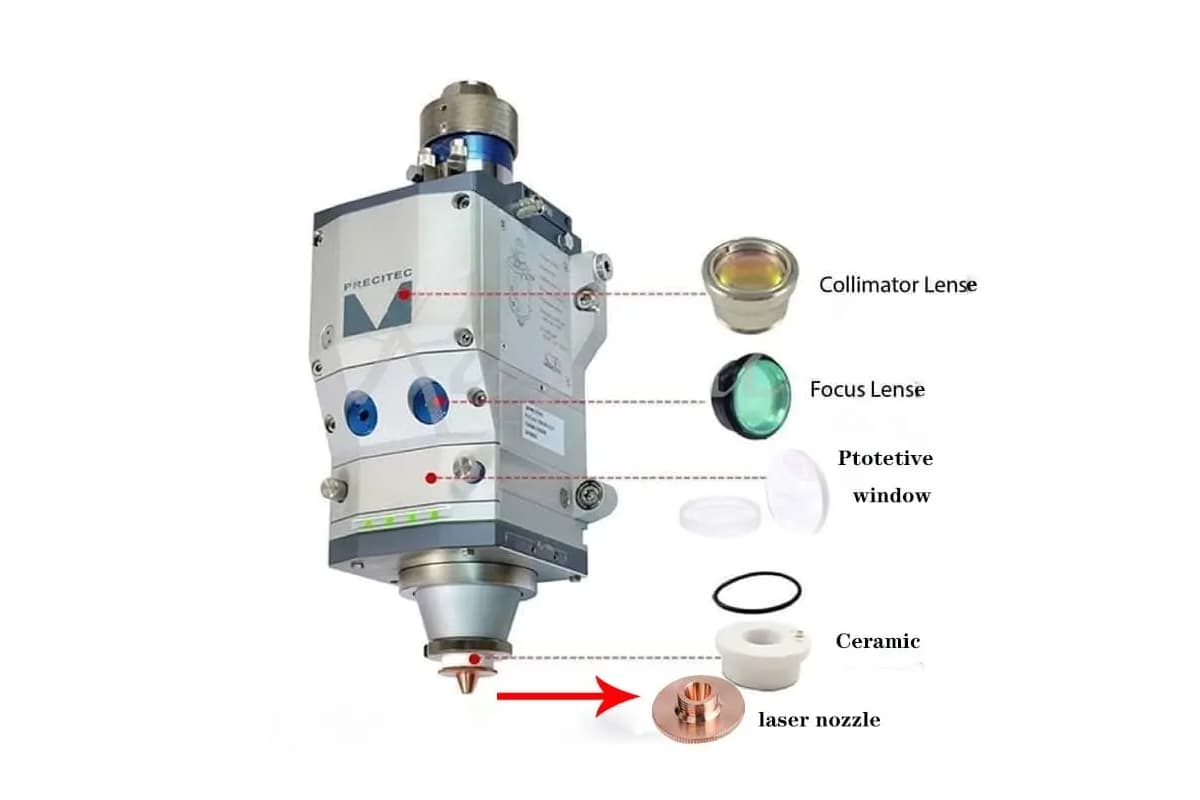
Components of the cutting head
3. Beam Delivery System
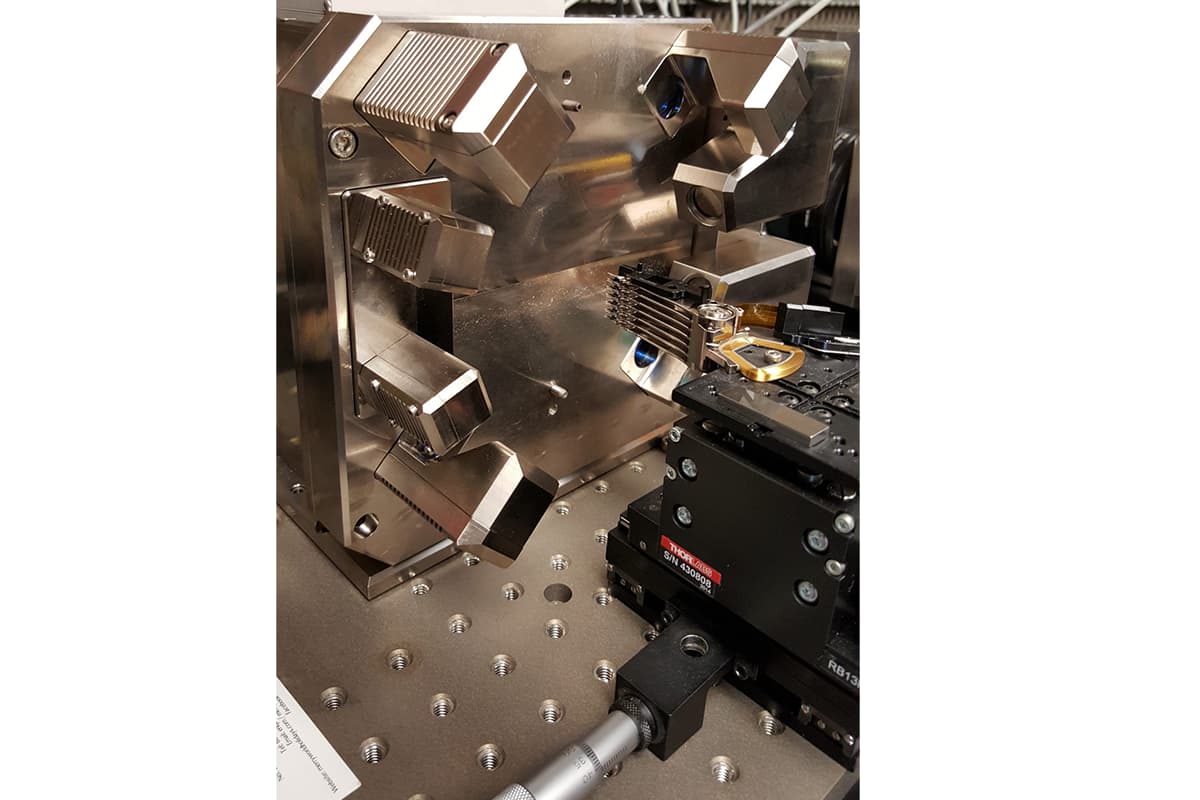
1)Â Mirrors and Fiber Optics Used to Direct the Laser Beam
2)Â Importance of Alignment and Calibration
3)Â Common Issues and Troubleshooting
4. Motion Control System
1)Â CNC Control System Overview
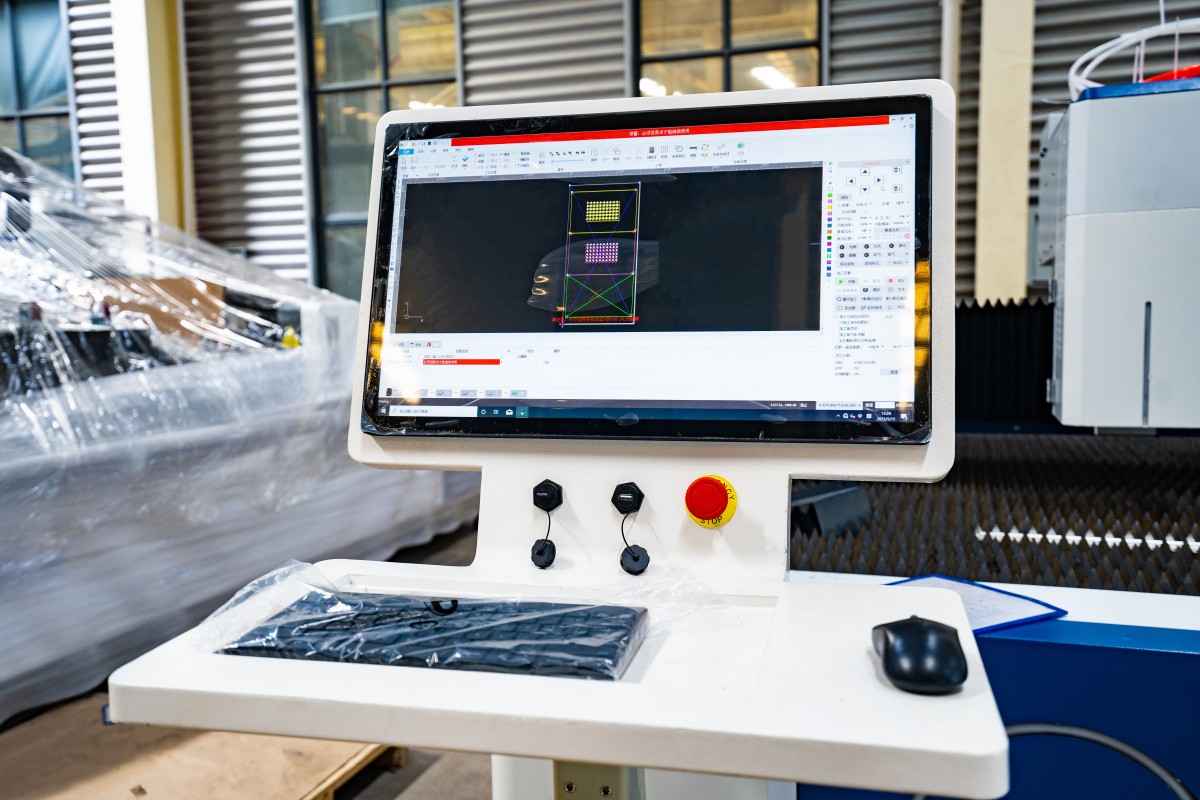
2)Â Types of Motors Used
5. Work Table and Material Handling
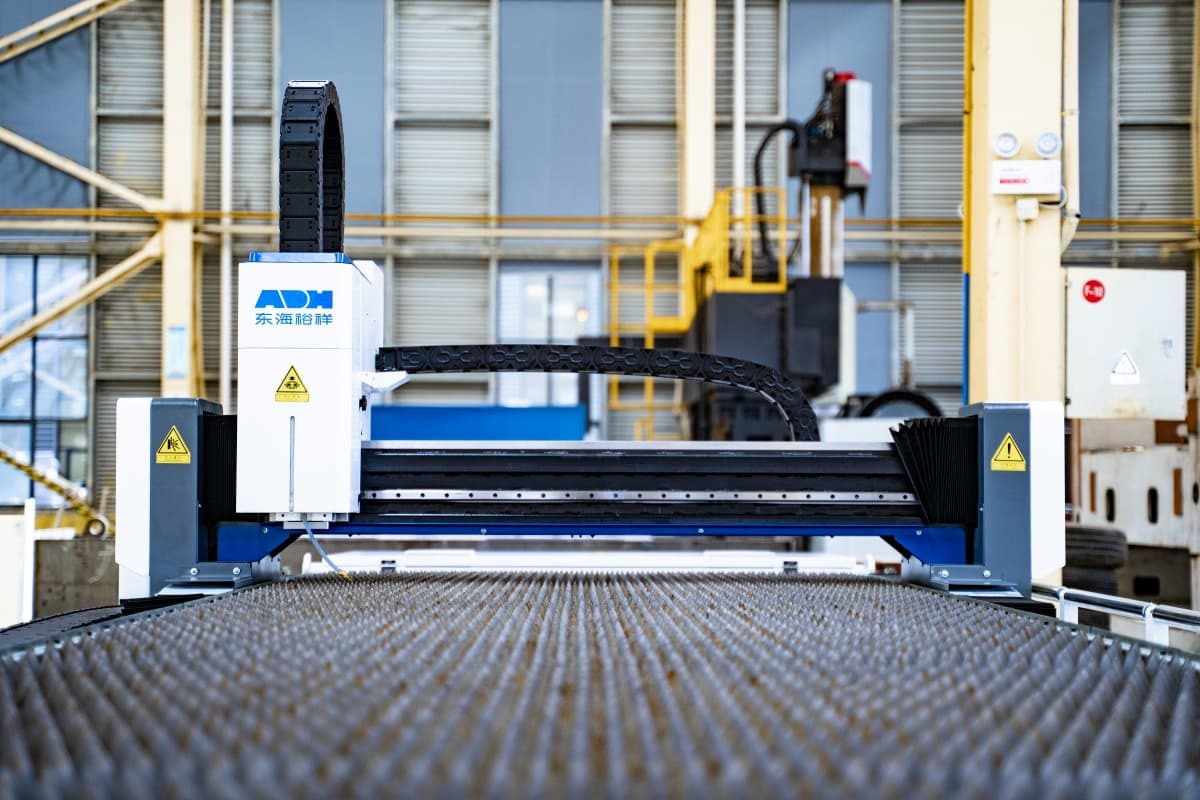
1)Â Different Types of Work Tables
2)Â Material Handling Systems
6. Cooling System
1)Â Role of the Cooling System in Maintaining Optimal Temperature
2)Â Types of Cooling Systems
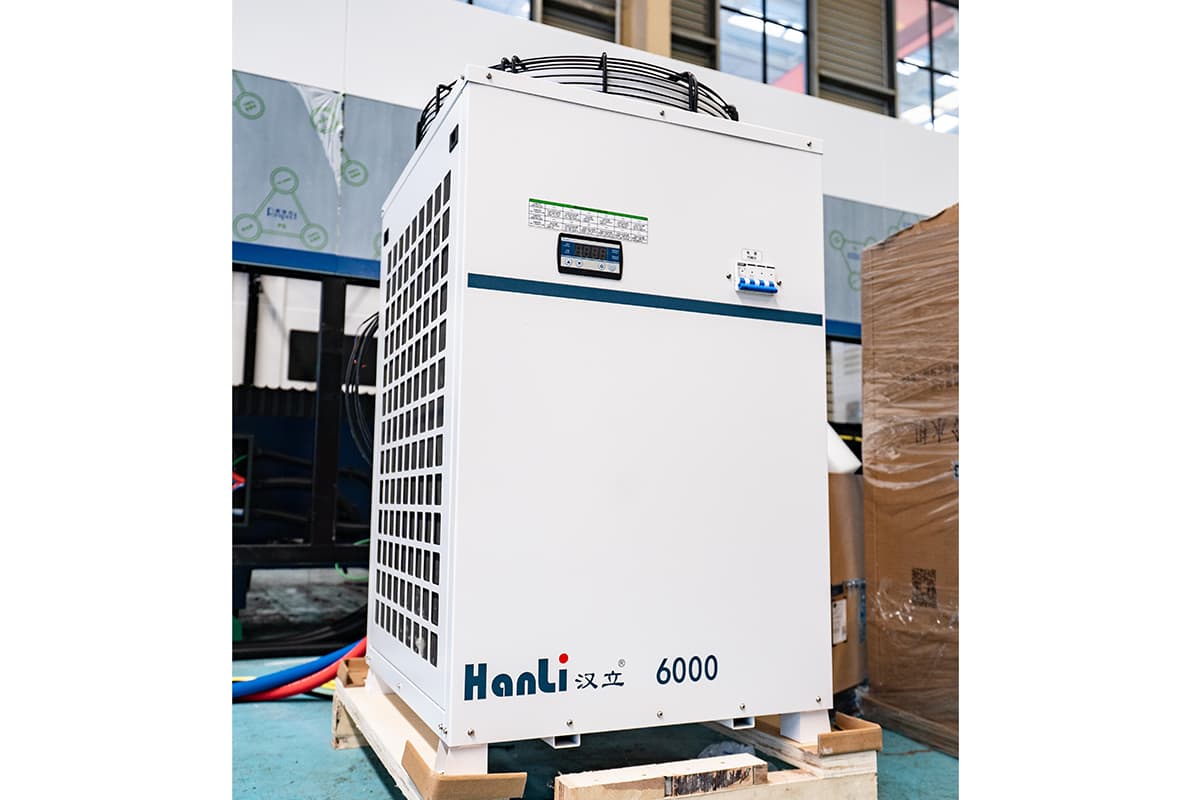
3)Â Maintenance and Troubleshooting Tips
7. Exhaust and Filtration System
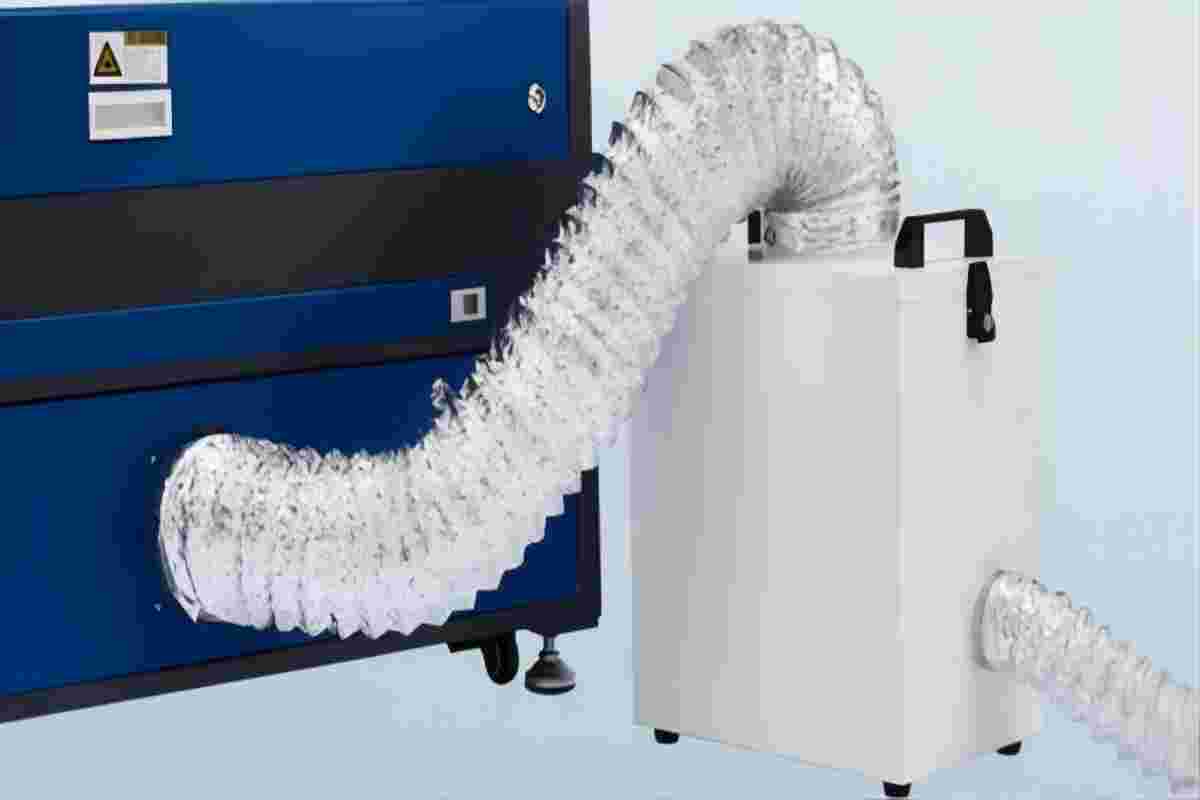
1)Â Importance of removing fumes and particulates
2)Â Types of exhaust systems (fans, filters, ducting)
8. Software and Control Interface
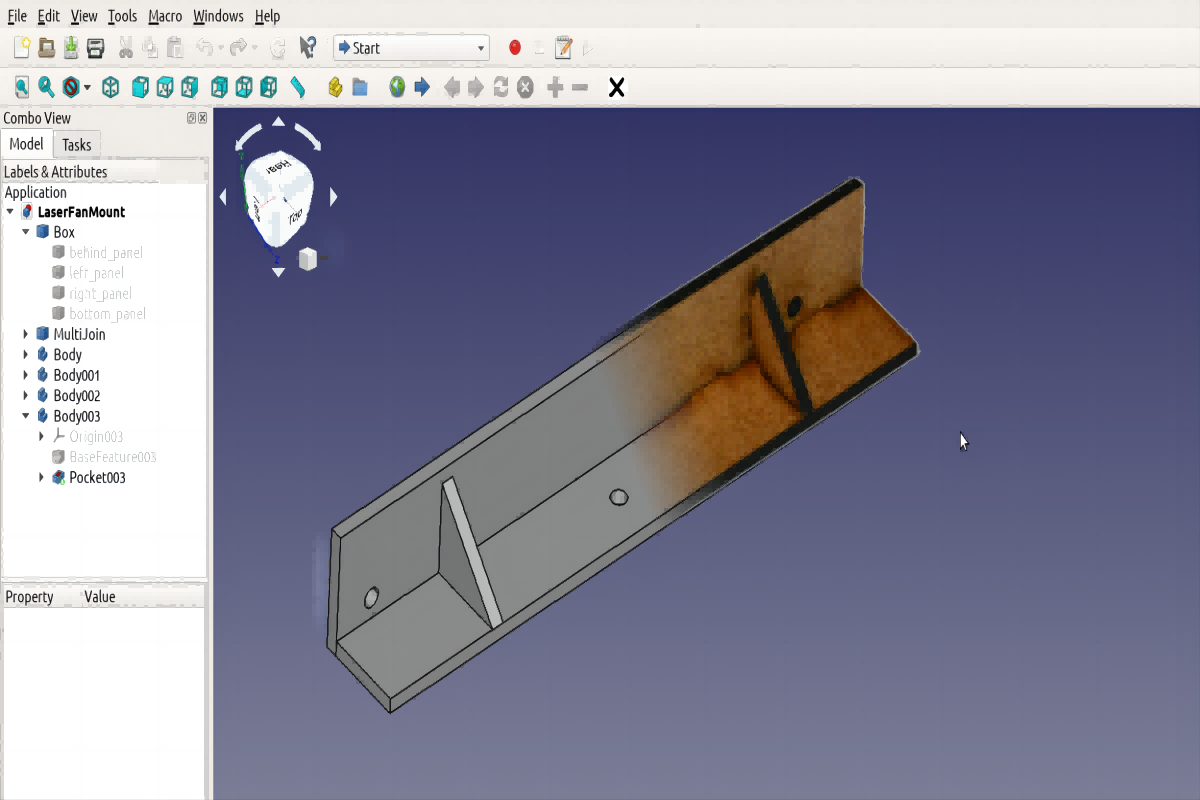
1)Â Overview of CAD/CAM Software Used in Laser Cutting
2)Â Features to Look for in Control Software
3)Â Integration with Other Systems (ERP, MES)
9. Protective Enclosures and Safety Features
1)Â Types of Protective Enclosures
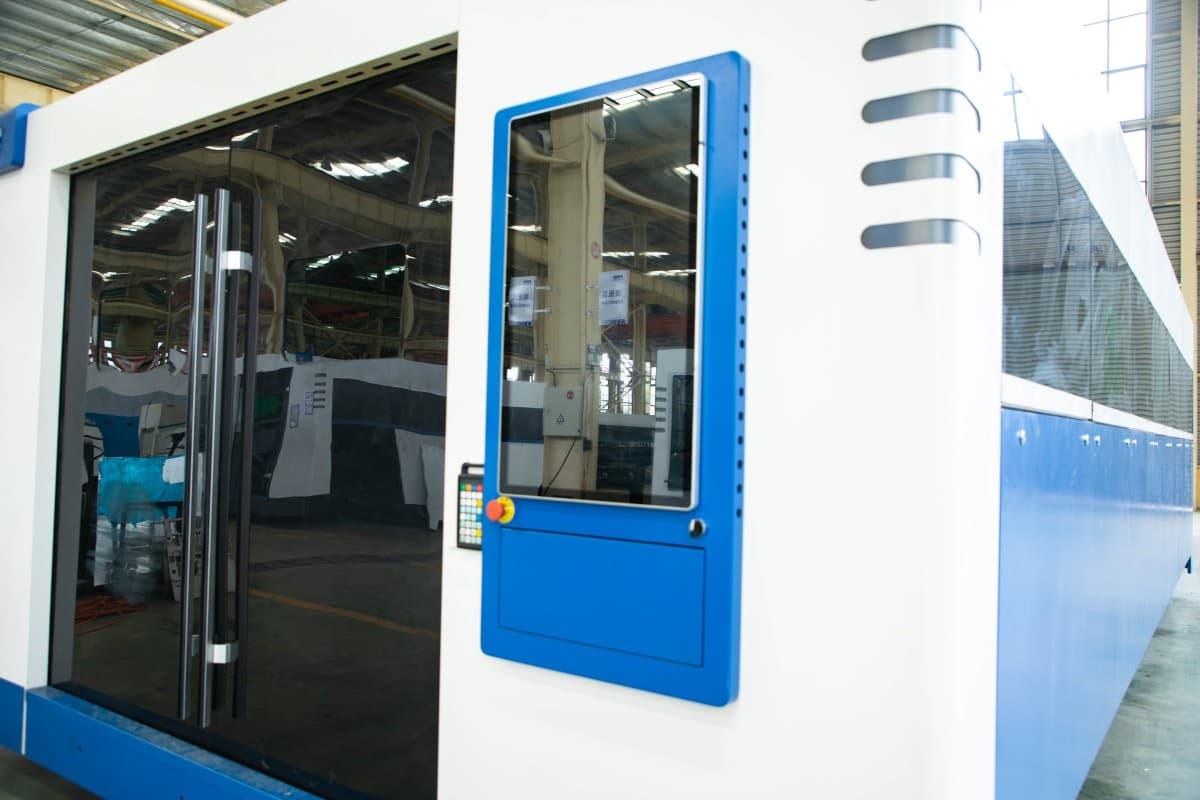
2)Â Safety Features
3)Â Regulatory Standards and Compliance
10. Accessories and Auxiliary Equipment
Common Accessories
III. Conclusion
